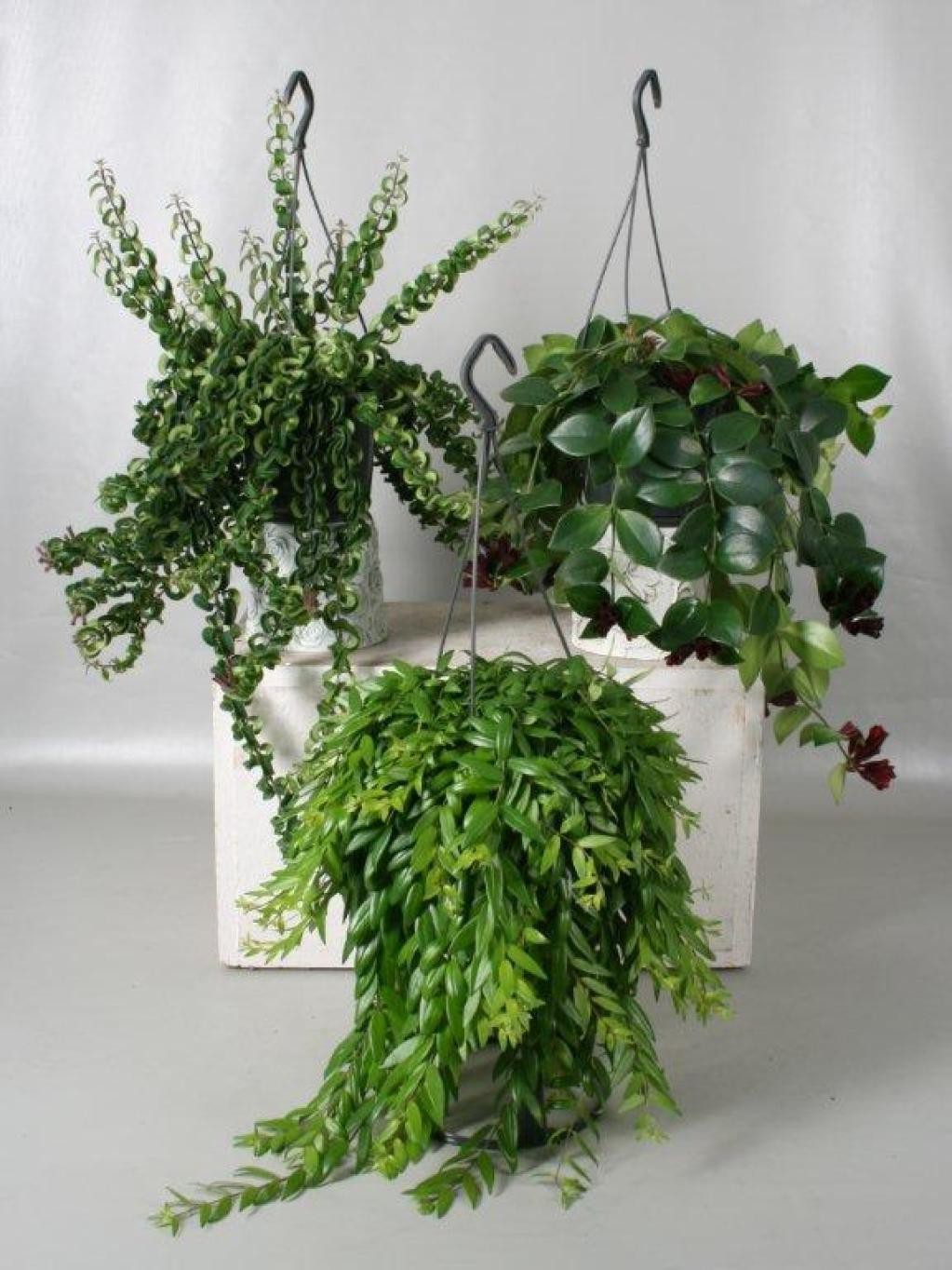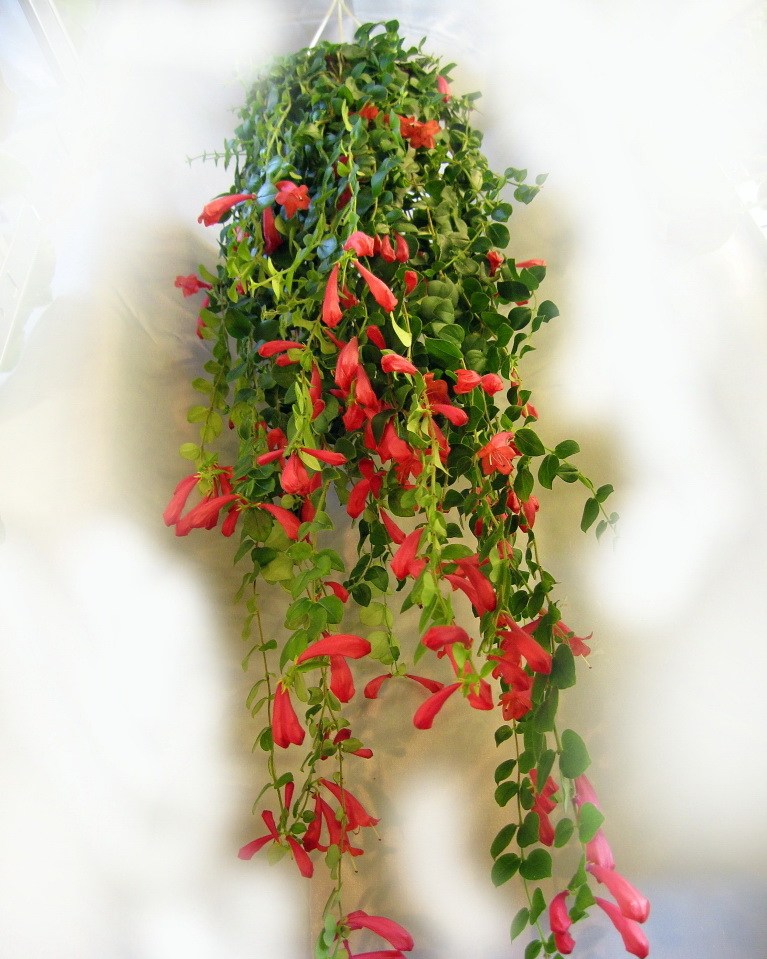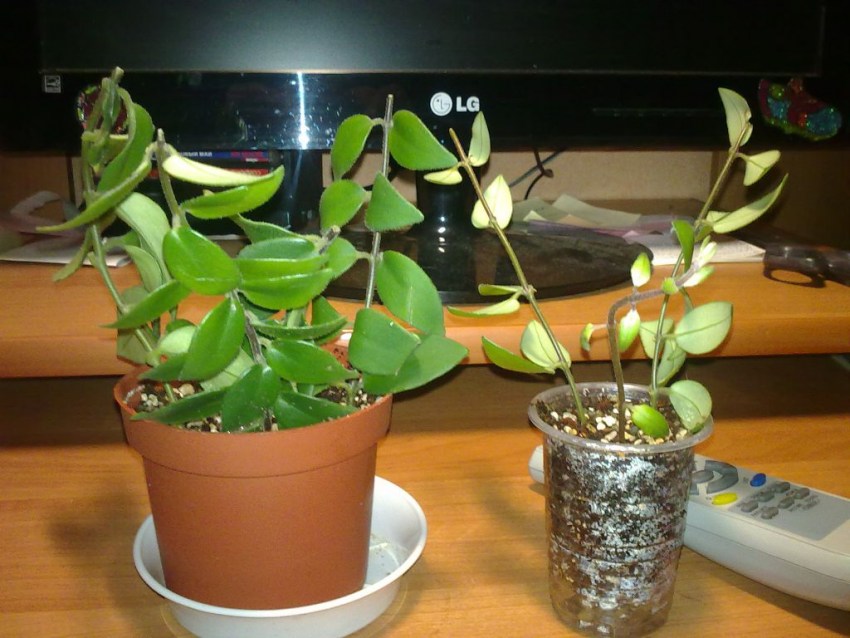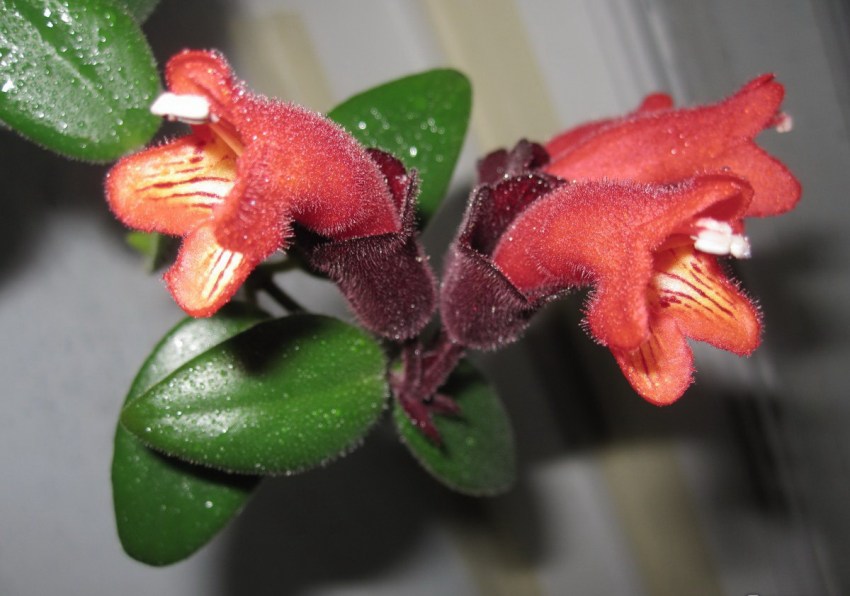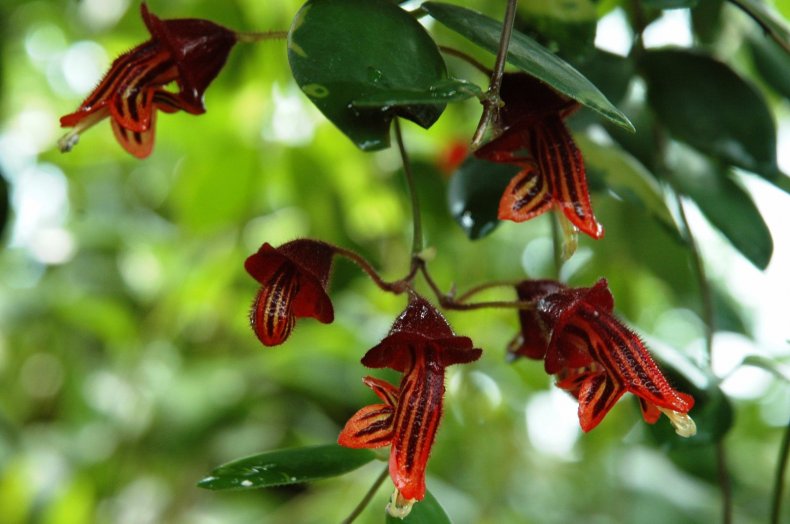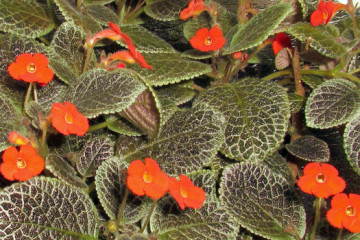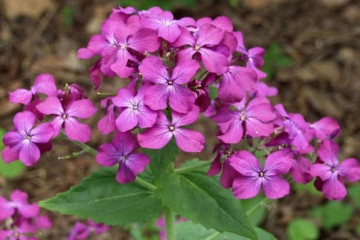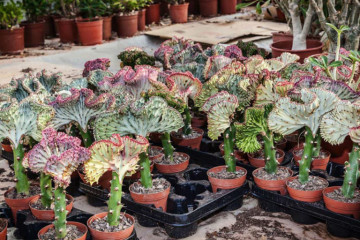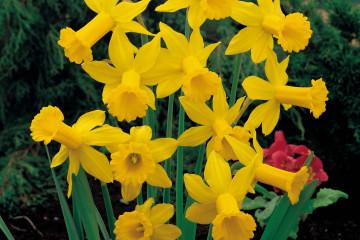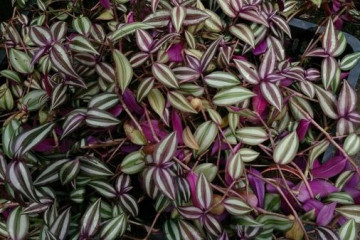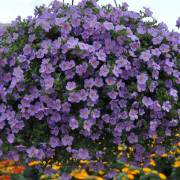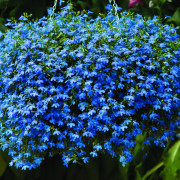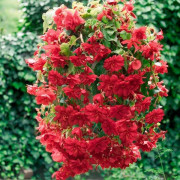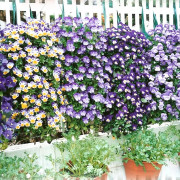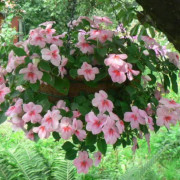Aeschinanthus flower - everything about it, types of marble, Rasta, Twister, Firebird, etc.
Content:
A beautiful decorative flower with glossy leaves and unusual inflorescences can rarely be found on the windows of apartments. He is very picky about care and can upset flower growers with irregular flowering. And the whole point is in the conditions that the escinanthus requires. They should be as close as possible to the conditions of the native edges of the flower. In the wild, the tropics of southern Asia have retained a suitable climate for the growth of this handsome man, where he twines around tree trunks like vines.
Aeschinanthus flower: all about the plant
The flowers of this inhabitant of the warm countries of India and China are very unusual. On thin long tubes, they are directed in the opposite direction from the growth of shoots. Bright colors from orange to crimson and burgundy shades will impress their owners. To achieve regular flowering of a representative of the Gesneriev family, appropriate care is needed.
- Shine. Lighting should be uniform and maximum. The leaves are like succulents; direct sunlight leaves burns. Loves south and west windows, but always diffused light.
- Watering. The water should be warm and soft. If the water temperature is below 23 ° C, brown spots appear on the leaves. Watering should be moderate, the soil surface should dry out a few centimeters between wetting. With increased moisture, the roots quickly rot, so you should pour out excess water from the pan after the next watering. During the winter months, there will be enough damp expanded clay in the pan of the pot.
- Temperature. In the summer, it feels comfortable at temperatures up to 25 ° C. With the onset of cold weather, the temperature should be reduced by 5-8 degrees, and in February, arrange a decrease to 13-15 ° C. This cooling will stimulate the flower to bud formation and an active growing season. As soon as the buds begin to appear, the temperature should be raised evenly. All species of the eschinanthus plant are afraid of drafts and sudden changes in temperature.
- Humidity. In the summer, it will be grateful for spraying on hot days. It is important not to fall on flowering buds during spraying, drops of water can provoke the appearance of brown spots.
- Fertilizer. In the period from April to September, twice a month, you need to feed with complex mineral fertilizers for flowering plants.
- Pruning. After flowering, long shoots are cut by a third. To create a bush, the shoots are pinched.
Reproduction and transplantation
The plant propagates by seeds, cuttings and rooting of a leaf with a bud. The most difficult way at home is the first. Seeds are sown under glass, and then the sprouts are strengthened in a greenhouse. When they are already matured, they can be seated in separate large pots.
Cuttings should be cut about 10 cm with full 5-6 leaves. The bottom sheets must be removed and placed in water. After 10-14 days, the roots appear, and the cutting is ready for planting.
Slices of a leaf with a bud must be rooted in a mixture of sand and peat (in equal proportions) immediately in a small pot, which must be tightened with foil. After 10 days, the leaf should be allowed to breathe from time to time, and after another 14 days, it should be opened completely and taken care of, waiting for new shoots.
You need to repot the plant every spring after flowering. You can take a universal primer for indoor flowers or make a prefabricated composition yourself. For the soil mixture, you need to take two parts of leafy soil and peat, as well as one part of sand and sphagnum moss. The pot needs a small diameter with a good drainage layer. Each spring, the size of the pot increases by no more than 2 cm in diameter.
The roots of the plant are tender, it is better to do the transshipment. It is imperative to inspect the rhizomes for rot, since the plant is very sensitive to excess moisture. An adult flower is transplanted when the roots rush from the pot into the drainage holes. After 5-6 years, the plant loses its decorative effect, so it is completely renewed.
Aeschinanthus species
The following varieties are very popular in Russia:
Eschinanthus marble
The main pride of the marble eschinanthus is the patterns on the leaves. Dark leathery leaves are covered with light stripes and stains that run from the center to the edges. The flowers of this species are not bright, green-yellow.
Aeschinanthus Rasta
Curly Aeschinanthus Rasta looks festive and voluminous. A bush with curled leaves, densely located along the stem, gives flowers of a bright scarlet hue every spring. With proper care, it blooms from April to August.
Eschinanthus Twister
Another curly bush with thin waxed leaves, the back of which is light green. Twister's flowers are orange-red.
Aeschinanthus the Firebird
The view of the Firebird seems to have left the pages of a fairy tale: its flowers are really similar to the tail of a fantastic bird. The base of the inflorescences is yellow, which smoothly turns to bright scarlet.
Caroline
The leaves of the Aeschinanthus Carolina are pubescent with small villi, narrow and oblong.
Aeschinanthus the beautiful
Not too long shoots of this species make it possible to form a beautiful dense bush with bright bunches of inflorescences at the ends of the shoots. The flowers turn from yellow to red. Sometimes there are dark stripes along the flower, the stamens are red and white.
Sweetheart
The flowers of this species of Aeschinanthus Sweetheart are pale pink. The leaves are not too dark, the plant with long shoots most often decorates the windows in hanging pots.
Eschinanthus Mona Lisa
Not too capricious in comparison with his fellows. Aeschinanthus Mona Lisa flowers are dark wine and burgundy shades. Leaves are rounded with a clear vein in the center.
Lobba
The widespread species of Aeschinanthus Lobb pleases with its bright bunches of red-purple flowers. Leaves are light green with pointed tips.
Tricolor
The variety has bright tiger flowers of small size. They have burgundy streaks and stripes along their entire length, the flowers themselves are painted red, the stamens are white or yellowish. Aeschinanthus Tricolor leaves are small, rounded.
Great
One of the most common among lovers of Aeschinanthus. The magnificent view has long shoots and often acts as an ampelous one. Its 10 cm flowers are bright yellow-red.
Robin
Unusual color combination in bunches of inflorescences of Aeschinanthus Robin. The tubules from which the petals appear are colored maroon, and the flowers themselves are bright red. Shoots are long with dark green foliage.
Aeschinanthus variegated
Aeschinanthus variegated species has creeping shoots. Its tough leaves are decorated with variegated stripes, and the bright red inflorescences are decorated with the tips of the shoots.
The indoor flower eschinanthus is worthy of attention and proper care. Its decorative appearance during and after flowering is able to create an unusual composition of the decor of an apartment or workplace.
